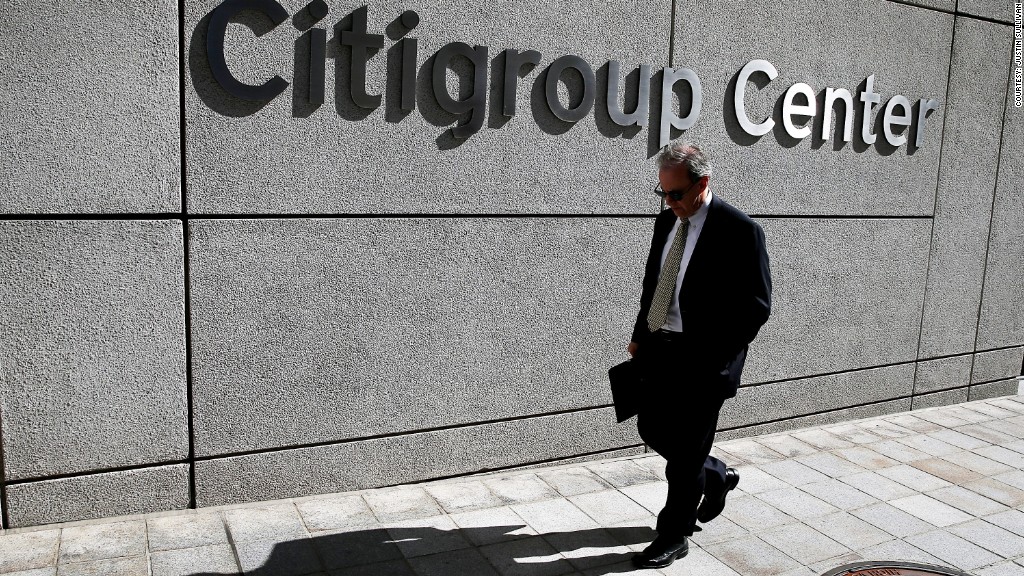
America's biggest banks would lose $490 billion -- most of that due to bad loans -- over the next nine quarters in a worst-case scenario devised by the Federal Reserve.
Thankfully, the Fed does not expect that scary scenario to happen. But in an effort to prevent a repeat of the 2008 financial crisis, the Fed is putting the big banks through stress tests.
As jarring as the latest stress test results sound, the Fed said Thursday that banks deserve a lot of credit for boosting their capital levels and improving their financial health since the last crisis.
The Fed tested 31 big banks (including U.S. subsidiaries of large foreign banks) for several severe hypothetical economic scenarios.
In the Fed's most adverse case, which calls for an unemployment rate reaching 10%, home prices falling 25% and stock prices plunging 60%, the average tier 1 common capital ratio for these banks (one of the Fed's metrics of bank health) would be 8.2% -- significantly above the 5.5% level that they had in early 2009.
Related: Rand Paul wants to audit the Fed. Why?
"The largest U.S.-based bank holding companies continue to build their capital levels and to strengthen their ability to lend to households and businesses during a period marked by severe recession and financial market volatility," the Fed said in a statement.
Unsurprisingly, the lion's share of the loan losses would likely fall to the nation's four largest consumer banks: Bank of America (BAC), Citigroup (C), JPMorgan Chase (JPM) and Wells Fargo (WFC).
But all 31 banks did well on the stress test, which calls for banks to have a minimum capital ratio of 5% in the event that the bottom completely fell out of the job, housing and stock markets.
Related: Fried calmari? Investors dump Goldman Sachs
Regional bank Zions (ZION), which was the only bank to fall below this threshold test last year, topped it this time around ... albeit barely. It had a capital ratio of 5.1%.
The bank with the highest capital ratio was the U.S. trust subsidiary of Germany's Deutsche Bank (DB). However, a Fed official noted in a conference call that the Fed only stress tested a small portion of Deutsche's overall U.S. operations.
Next hurdle: This is the first of two rounds of stress tests. Next week, the Fed will indicate whether or not it approves of plans by the big banks to raise dividends and buy back stock.
That's the part of the test that Wall Street will be watching intently.
Keep an eye on Citigroup. Citi failed this second test last year and was not allowed to raise its dividend as a result. Citi pays a dividend of just 4 cents a year.
Related: It's do or die time for Citigroup
Thursday's results appear to bode well for Citigroup. Its minimum capital ratio was 8.2% -- above the levels for BofA, JPMorgan Chase and Wells Fargo as well as Wall Street giants Goldman Sachs (GS) and Morgan Stanley (MS).
Several Wall Street analysts predicted before the tests that Citi should get the green light for a dividend hike and stock buyback program this year. If it doesn't, that could lead to questions about the job security of Citi CEO Michael Corbat.


